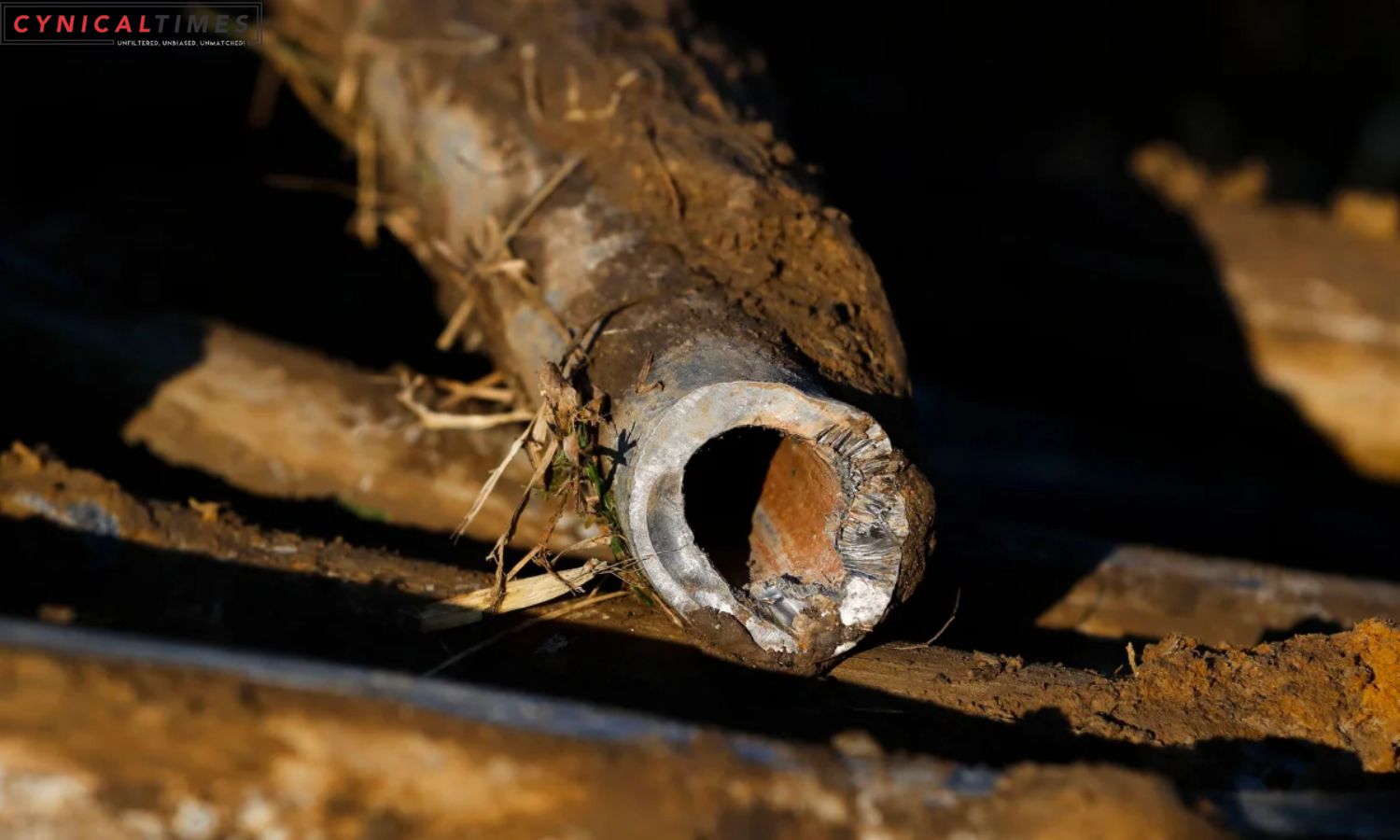EPA Lead Pipe Showdown: The United States Environmental Protection Agency (EPA) has introduced a groundbreaking rule aimed at addressing the pervasive issue of lead contamination in drinking water. The proposed rule mandates water systems across the country to embark on an ambitious mission of replacing millions of lead service lines within a strict timeframe of 10 years. This initiative aligns with the Biden administration’s overarching goal to entirely eliminate the presence of lead pipes, which are known to pose significant health risks, particularly to children.
Even low amounts of lead exposure can cause serious health and developmental issues. Lead exposure can harm children’s growth and development. Due to the seriousness of this public health issue, the EPA’s proposed regulation sets a strict replacement deadline and improves lead testing in drinking water.
The proposed rule emphasizes the need for water systems to exhibit consistent progress in replacing lead pipes, requiring a minimum of 10% of such pipes to be replaced annually. This stringent approach reflects the EPA’s commitment to accelerating the removal of lead pipes from the nation’s water infrastructure.
Also Read: Headache Neck Connection: A Breakthrough in Understanding and Treating Pain
Since the 1980s, lead service lines have been banned in the US, yet 9.2 million remain. The proposed rule acknowledges the problem’s scope and seeks comprehensive solutions. States like Illinois and Rhode Island, where a significant portion of service lines requires replacement, are anticipated to benefit significantly from this proposed rule.
The proposed rule is a part of the broader strategy outlined in the Biden administration’s efforts to combat lead exposure. The administration has committed substantial funding, including $15 billion through the Bipartisan Infrastructure Law, to expedite the removal of lead service lines. Additionally, there is $11.7 billion available through the Drinking Water State Revolving Fund for similar projects.
The EPA believes that the benefits of compliance with the proposed rule far outweigh the estimated costs. A cost-benefit analysis suggests that the advantages, primarily centered around public health prevention, could be four to ten times greater than the incurred expenses. The EPA emphasizes the priceless nature of the benefits, focusing on safeguarding children against IQ loss, preventable diseases, and fatalities.
The Biden administration’s comprehensive approach to lead poisoning prevention shows its devotion. To guarantee public input and engagement in decision-making, the EPA will gather public comments on the proposed rule for 60 days and have a public hearing in mid-January.
Our Reader’s Queries
What is the new EPA lead rule?
The EPA is suggesting a reduction in the lead action level from 15 µg/L to 10 µg/L. If a water system’s lead sampling surpasses the action level, the system must notify the public and take measures to decrease lead exposure while simultaneously replacing all lead pipes.
When did EPA ban lead pipes?
Back in 1986, Congress made a significant amendment to the Safe Drinking Water Act. This amendment strictly prohibited the use of pipes, solder, or flux that were not “lead free” in public water systems or plumbing facilities that provide water for human consumption. This move was a crucial step towards ensuring the safety and health of the public, as lead contamination in drinking water can have severe consequences.
What is the Lead and Copper Rule in 2024?
The Lead and Copper Rule Revisions (LCRR) is a set of guidelines that all public water systems in the U.S. must adhere to by October 16, 2024. The LCRR aims to prevent drinking water contamination and applies to over 60,000 public water systems across the country. Compliance with these requirements is crucial to ensure the safety and well-being of the public.
Have lead pipes been banned in the US?
Although the federal government prohibited the use of leaded pipe and solder in new plumbing systems in 1986, there are still millions of lead service lines in older cities and homes that were installed before the policy was implemented. The Environmental Protection Agency (EPA) estimates that there are currently 6 to 10 million lead service lines in use across the country.


